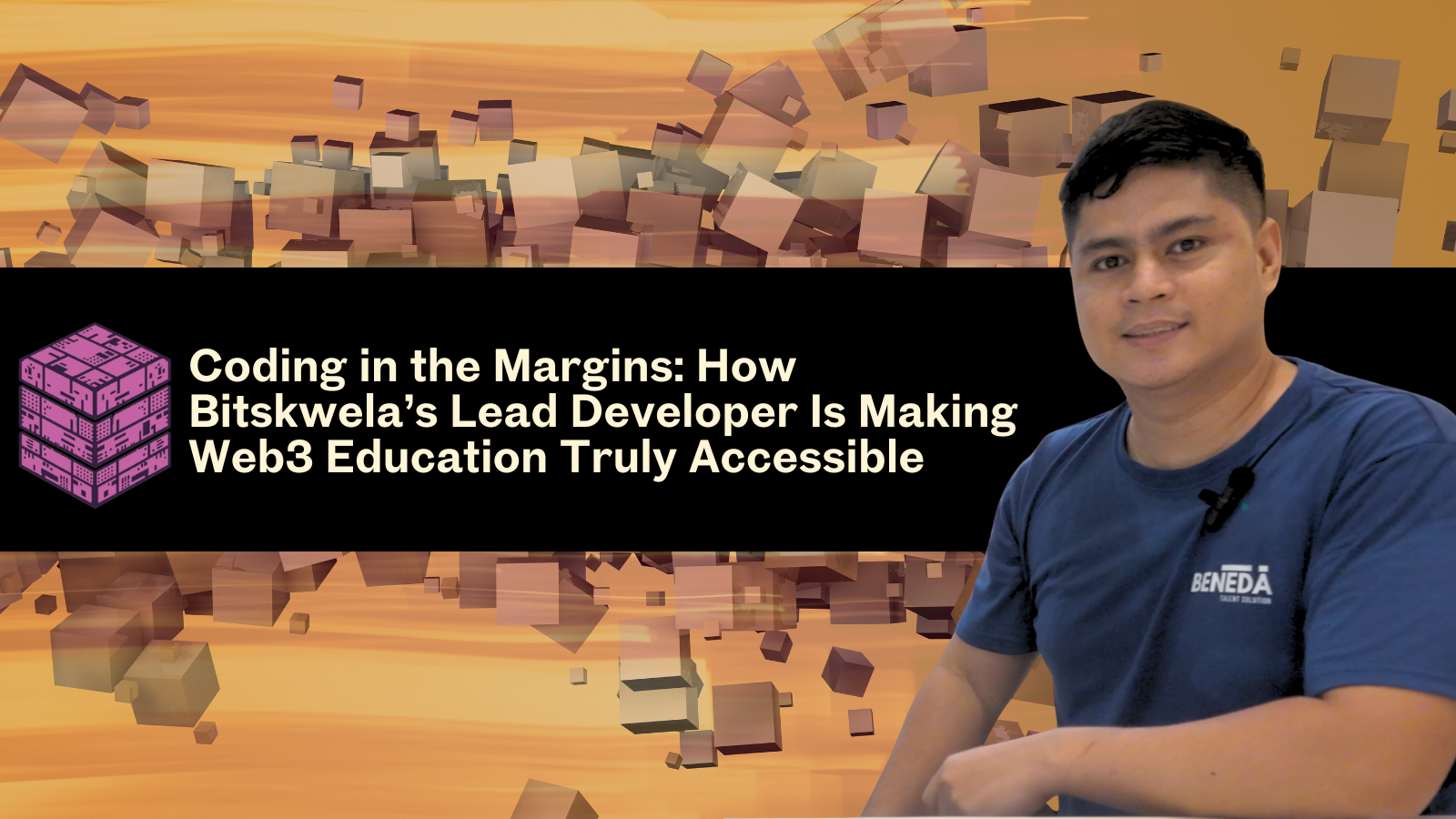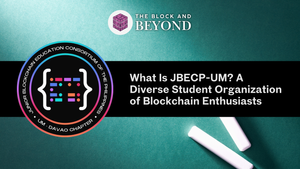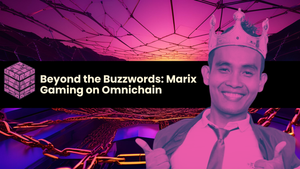In a space often dominated by hype and high-end jargon, Koleen, Lead Developer of Bitskwela, is taking a refreshingly grounded approach to Web3: meet learners where they are, then help them build.
During the Sonic Blockchain Meetup in Davao City, an event co-hosted by Bitskwela and supported by the Davao DeFi Community, The Block and Beyond sat down with Koleen Baes Paunon, Lead Developer of Bitskwela.
In between technical talks and community-building sessions, Koleen offered a rare look into what it really takes to bring Web3 education to Filipino learners not just for tech-savvy elites, but for students, newcomers, and anyone curious enough to explore the space.
His approach is clear. Make it local. Make it simple. Make it real.
The Black Box Problem
"The hardest part is gauging what learners actually know... Web3 still feels like a black box to many. So instead of starting with blockchain buzzwords, we teach the fundamentals—basic web development first. From there, we build."
As the lead developer behind Bitskwela’s growing slate of educational tools and workshops, Koleen works directly with schools and universities across the country. Every week, his team hosts sessions in Visayas and Mindanao, helping students take their first steps toward blockchain literacy.
But Koleen is quick to point out that education is not one-size-fits-all, especially in a country where infrastructure gaps, language barriers, and digital inequality still exist.
Low Bandwidth, High Impact
For many Filipino learners, poor connectivity and limited access to tech are real obstacles. Koleen’s solution is to use lightweight tools with powerful potential.
"We use Remix for Solidity development. It’s an online code editor that runs on very low bandwidth. Students don’t need a gaming laptop or fast Wi-Fi to start learning."
That kind of technical accessibility is baked into Bitskwela’s curriculum. But it’s not just about the tools. It’s also about the content. With educational materials now being developed in English, Tagalog, Cebuano, and Ilocano, the platform is making Web3 truly multilingual.
A Day in the Life of a Web3 Educator
Koleen’s typical day reflects the duality of his mission. One foot in deep tech. The other in community engagement.
His mornings begin with checking on bugs, user reports, and project updates. Midday, he joins stand-up calls with his team to align on priorities. Afternoons are for coding and reviewing pull requests. Evenings, when he has the time, are spent reading technical documentation and crypto news, which will start to include, he says, The Block and Beyond.
But the most fulfilling part?
"It’s the events... Meeting students face-to-face, seeing them light up when they understand how something works. That’s what keeps me going."
Why He’s Still Here
Asked what keeps him in Web3, Koleen didn’t hesitate.
"It’s the tech, the future, and the opportunity... There’s a global talent gap in blockchain development and Filipino developers can absolutely fill it."
That gap, he explains, isn’t just in the Philippines. It’s worldwide. But with enough training, exposure, and community support, local devs could find themselves working on global teams, contributing to open-source protocols, and earning at a level six times higher than the local average.
"It’s about taking back control of the internet... And making sure the Philippines has a seat at the table."
His Advice to Aspiring Developers
For those who are curious but unsure where to start, Koleen’s advice is simple:
- Don’t be afraid to start with what’s free and available online.
- Follow creators, publications, and communities focused on simplifying Web3.
- And most importantly—stay curious.
“There’s a lot of content out there... But what matters most is your willingness to keep learning, and to believe that you belong in this space.”
In a country of millions of crypto users but only a few hundred blockchain developers, Koleen’s work is more than technical; it’s transformative.
By bridging the gap between potential and participation, she’s helping create a Web3 Philippines that’s not just plugged in, but actively building the future.











